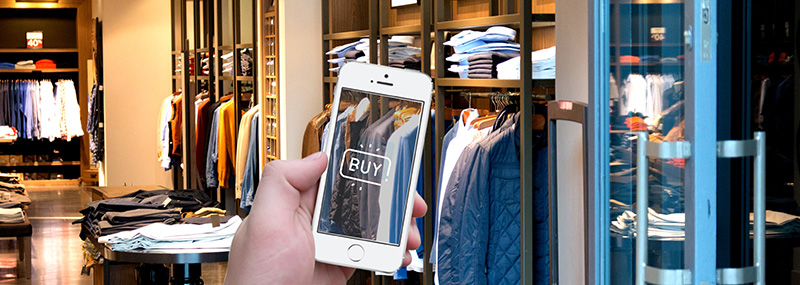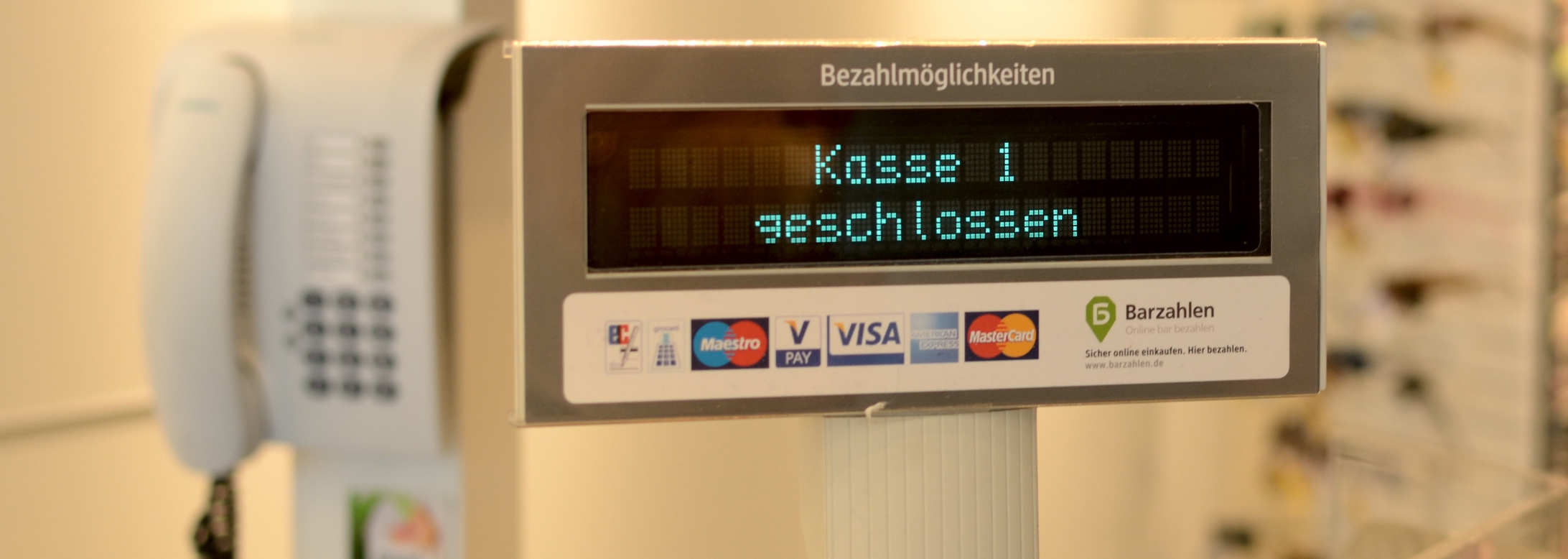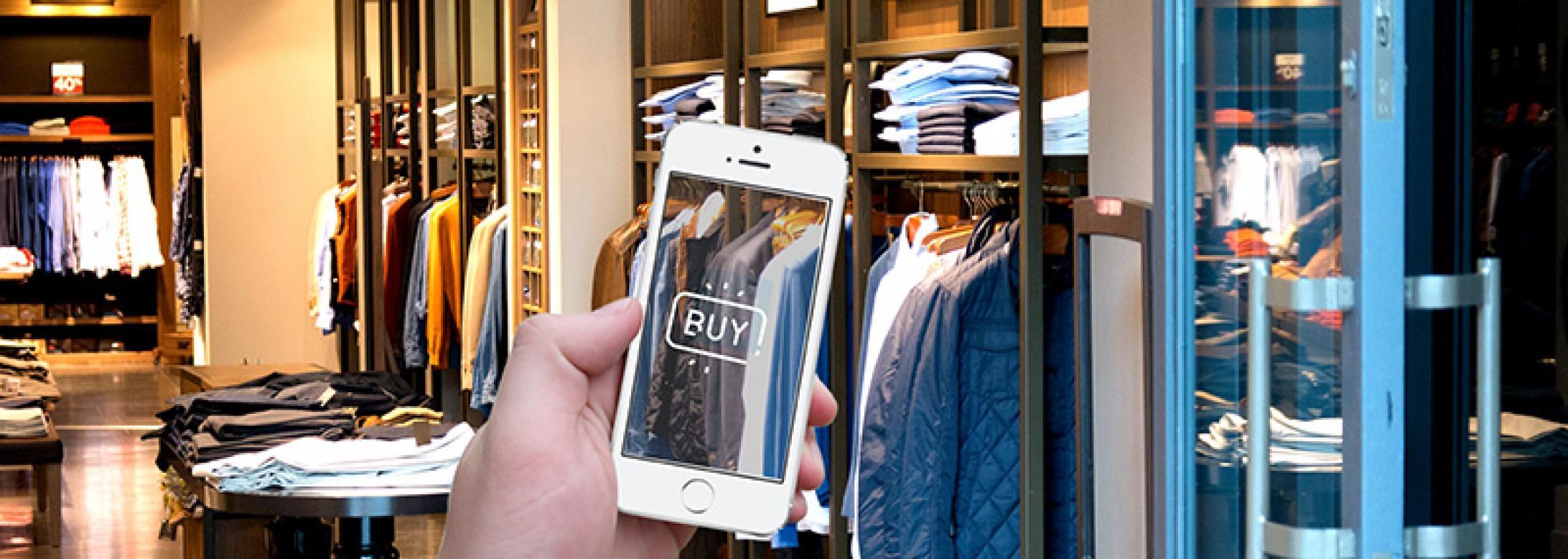The evolution of the retail consumer in the last decade has been phenomenal. With the growing popularity of retail digital transformation market, the consumer journey has been revolutionised. Today’s consumers expect more from their products and are always in search of unique brand experiences. Digital transformation is key to live up to their expectations by differentiating your brand and staying ahead of your competition. It can help you dive deep into the mind of your customers, understand their needs and personalise your offerings. This transformation journey can be long, but the right digital maturity model can give you a roadmap.
Here are 6 ways how digital solutions for retail are transforming the retail market:
A Futuristic In-store Experience

Modern consumers consider the retail store as an extension of their digital touchpoints. Digital solution for retail is helping retailers to give them a connected shopping journey that starts much before they step into the retail store. Implementation of relevant in-store technology is offering an immersive shopping experience, ensuring customer engagement and loyalty. It is allowing retail brands to analyse consumers behaviour in digital retail and to use that data in devising customized experiences & promotions. Other innovations like Interactive digital displays are enabling hassle-free buying by letting customers browse through store catalogue.
Nike’s flagship store ‘House of Innovation 000” is a great example of how the store of the future will look like.
An Omnichannel Marketing Strategy
Latest innovations in the retail digital transformation market have opened new avenues for marketing. The universal use of technology means every marketer must have an omnichannel marketing strategy. Data is the new currency to win over customers. Accurate metrics and multi-stage interactivity have made traditional marketing funnel obsolete. Today’s marketers are more in control of their prospective customers. They are automating marketing campaigns, personalising content, tracking responses, and accordingly suggesting products based on the interests of individual customers. Precise data and enhanced interactivity with customers are making it easier for them to constantly adjust and sharpen their marketing plan and stay agile.
UK-based fashion retailer, Oasis has seamlessly merged its website, mobile app and store to simplify the shopping experience for its customers.
A Proactive Customer Support
- A digital-first world has given birth to a new breed of customers who are channel-agnostic. They do not rely on a single channel to make a buying decision or resolve issues. New-age retail can no longer afford to be reactive. They need to be proactive by facilitating seamless integration of traditional and digital channels. More and more retailers are now adopting a connected approach where all touchpoints are simultaneously used to support customers. Social, online, mobile and IVR all work in a unison to establish an enduring customer relationship at every stage of the digital maturity model. Moreover, digital monitoring devices are providing vital inputs and round-the-clock access to customer transactions, interactions and social engagements. Thus, retail digital transformation market is making traditional CRM solutions more insight-driven and efficient.
Retail giant Amazon is nurturing a strong customer community to minimize customer calls, create word of mouth marketing and drive brand advocacy.
An Agile Supply Chain
Digital transformation in retail can add value to the bottom line by making the supply chain transparent and flexible. As per an MIT research on digital supply chain, adopting digital solution for retail supply chain can reduce up to 50% of process cost and increase revenue by 20%. Retail digital transformation market is mitigating risks and increasing efficiency of the supply chain by helping retailers predict demand during peak and off-peak seasons. It is making collaboration easier and distribution effective. Technologies like RFID, BLE and IoT sensors are enabling improved agility, reliability and effectiveness. Supply networks, customer networks and logistics service providers – all depend heavily on digital technologies to ensure non-stop delivery.
Retail giant Walmart has digitized its supply chain to fit its digital maturity model. The company uses RFID technology to generate numerical codes that can scan merchandise from a distance.
-
An Efficient Procurement System

Procuring and fulfilling orders are critical processes that determine the success of any retail brand. Digital solution for retail helps in monitoring such processes with absolute precision. Internet of Things and Blockchain is providing real-time data to add value to the procurement function. Several disruptive technologies like AI, VR and cyber tracking are making strategic sourcing accurate. Enterprises can also gain valuable insights on customer ratings, social sentiments and customer demands across channels using these technologies. Since most retailers are keen on catering to specific demands, category managers are now using digital tools to understand emerging market trends to get as close to personalized assortments as possible.
-
Smarter Workforce
As the customers are becoming smarter every day, the role of retail employees is changing too. They need to remain updated to respond to more complex and demanding customer needs. Retail digital transformation market is empowering retailers to automate mundane processes which allow store employees to save time and make decisions faster. Enhanced digital infrastructure is offering real-time stock information to employees, predicting daily footfall and upgrading staff skills. Modern software systems are managing complex staffing issues like task assignments, dissemination of corporate communication, allotment of extra shifts and acceptance of shift-change requests. Digital transformation has, therefore, not just made employee management efficient, but has created a smarter workforce that is ready to face the challenges of digital ubiquity in retail with confidence.
Timberland is using near-field communication technology to create a store experience where customers do not have to depend on store executives for product information and offers.
Conclusion
Digital transformation helps to sustain retail business by successfully adapting to changing consumer behaviour. As a retailer, it is essential for you to develop a digital maturity model to guide your business through every step of your customer’s journey. It is time to accelerate digital transformation in retail and deliver exclusivity to customers.

